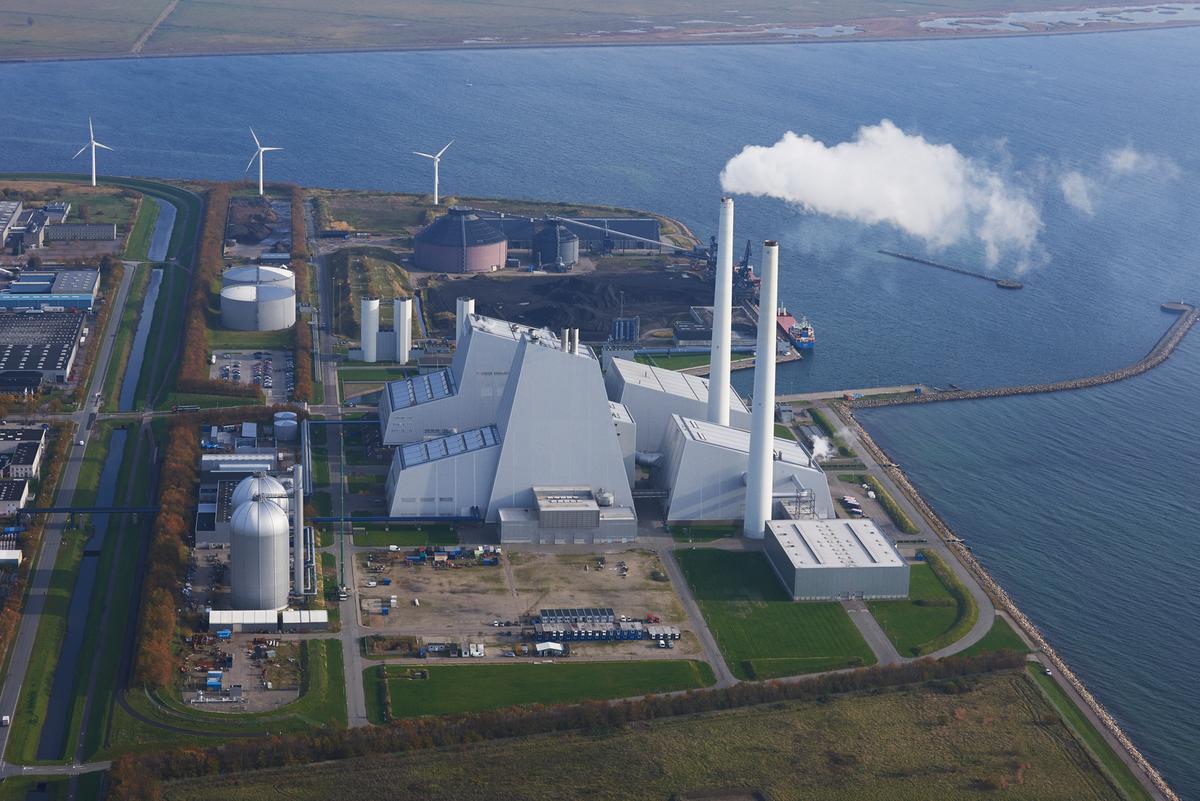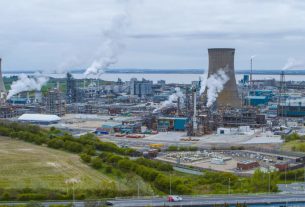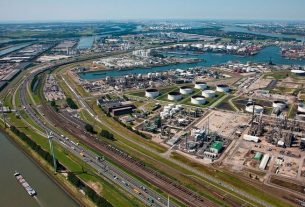Denmark – Ørsted and HOFOR (Greater Copenhagen Utility) have reached an agreement to obtain green power for a portion of the projected 1.3 GW Green Fuels for Denmark project, which will produce sustainable fuels in the Greater Copenhagen area.
As part of the deal, Ørsted and HOFOR will work together to enable Ørsted to purchase power generated at Aflandshage, HOFOR’s 250 MW offshore wind farm project in the Oresund Strait. Simultaneously, it has been decided that HOFOR may locate the offshore wind farm’s substation on the grounds of Avedre Power Station. Ørsted and HOFOR will work together to realize both technical and commercial synergies between the two projects. The future collaboration and concrete design of the interconnection between the wind farm and the PtX facility are subject to all regulatory and grid connection issues being resolved.
Provided that a framework is established in Denmark, the power from Aflandshage could enable parts of Green Fuels for Denmark’s second phase of 250 MW and meet the power demand for the project’s first phase.
Power demand for hydrogen
Aside from Green Fuels for Denmark, the Aflandshage deal might potentially cover the power demand of the electrolysis facility that will feed hydrogen to DFDS’s projected hydrogen-powered ferry between Copenhagen and Oslo, provided this project is realized.
Aflandshage is being developed, and HOFOR anticipates that it will be operational in 2024/2025, subject to regulatory permissions. The power can be transported onshore at the Avedre Power Station, which is owned by Ørsted and may house Green Fuels for Denmark.
Hydrogen potential
The development of renewable hydrogen and sustainable fuels has huge potential and has the ability to dramatically cut carbon emissions from the heavy transport industry. Producing sustainable fuels is more expensive than producing fossil-based energy. To reduce the price, sustainable fuel production must be developed and scaled up at an industrial scale, and expenses must be decreased – exactly as seen with renewable energy technologies such as offshore wind, onshore wind, and solar PV over the last decade. To make this a reality, the sector must engage with governments to develop a framework that encourages private investments in large-scale sustainable fuel production.




